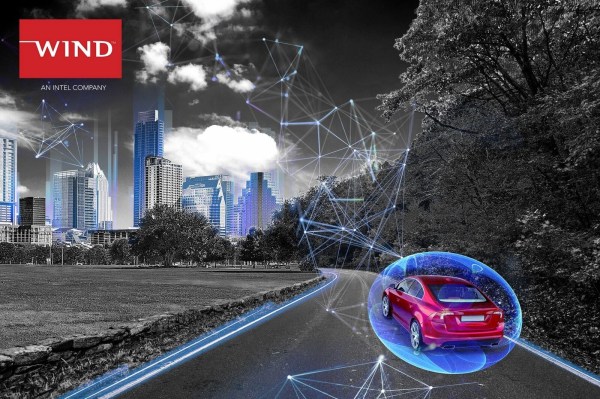When you think of central Ohio, you might not think “hotbed of innovation.” But you’re going to want to rethink that. This summer, a 35-mile stretch of U.S. Route 33 outside of Marysville, Ohio, will be wired to test vehicle to infrastructure (V2I) communications.
“A year ago, we had zero plan for all this,” said Eric Phillips in a phone interview. He’s the executive director for the Union County Community Improvement Corporation and the CEO of the Union County Chamber of Commerce. “It started as a fiber connectivity project.”
Marysville is an exurb of Columbus, which won $50 million in funding for its Smart Columbus project. Columbus is also home to Ohio State University, which is working on a smart mobility initiative. Honda‘s manufacturing base for North America is just northwest of Marysville. And the Transportation Research Center and NHTSA Vehicle Research Test Center are at the opposite end of the corridor in East Liberty. Along this stretch of Route 33 between East Liberty and Dublin lies a cluster of about 50 other automotive businesses.
So the idea began with connectivity. But researchers at OSU wondered if it was possible to improve mobility options without “adding lanes all the time,” as Phillips put it. This was an opportunity to test connected autonomous vehicles along a route stacked with interested parties.
With a $6 million grant from the U.S. Department of Transportation, local matching funds and a $15 million investment from Ohio, the NW 33 Innovation Corridor was born. It will indeed begin with the installation of redundant fiber cable, and DSRC transmitters will be in place by the end of 2018. Government and private fleet vehicles will be retrofitted with equipment to communicate with the corridor and each other.
Other companies, including Honda, can also use the corridor to test V2I communications in real-world conditions. Phillips acknowledged that collecting data on Route 33 “can be boring” compared to testing in city-like “playgrounds.” But semi-autonomous and autonomous vehicles are likely to be used on boring roads before they’re allowed in urban areas.
Testing will begin when the pieces are in place to do so. Phillips said DSRC transmitters will be spaced every 600 meters along the route. Autonomous and connected vehicles can take advantage of the route, including those that can “platoon” one behind another. It also gives businesses the opportunity to collect data and test commercialization strategies.
Wind River, for instance, announced today that it will be using the 33 Smart Corridor to test connected and autonomous technologies in partnership with OSU, the Transportation Research Center and the city of Dublin. In its press release, Wind River, a subsidiary of Intel that specializes in software for the Internet of Things, notes that Central Ohio is an emerging hub for smart city and smart vehicle tech.
“We can’t keep adding lanes to highways,” Phillips reiterated, noting that car sharing will play a role in traffic congestion in the future, as well. “All I’ve heard is positive; I have not heard anything negative about this,” he said of his community. “Businesses are very excited about the opportunity.”
As Phillips pointed out, “We have a strong automotive industry, and we’ve got to support its growth. We’ve got to keep up. Electric vehicles are only one part [of the future of transportation]; the other is mobility and how to improve it. We have to accept it in order to not be way behind.”
